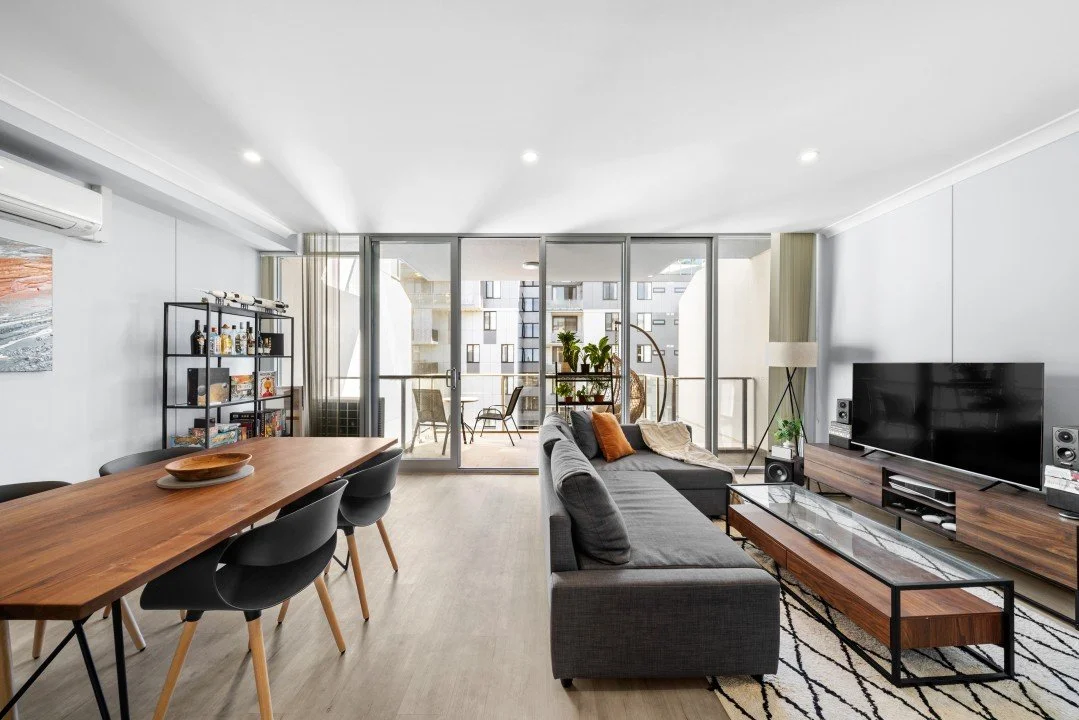Investor sentiment impacted by skyrocketing property prices
/The PIPA (Property Investment Professionals of Australia) Annual Investor Sentiment Survey 2021 has shed light on what investors are thinking in response to the current property market conditions.
The steady decline in housing affordability, with the annual growth rate in housing values reaching 20.3%, has made its impact. Compared to 41 per cent from last year, 71 per cent of investors now believe prices in their state or territory will increase over the next year.
The pandemic has made remote working more commonplace and investors are looking at relocating due to housing affordability and improved lifestyle factors — such as less crowded cities and less active cases —that may be gained from living in more regional areas.
Investors are also favouring regional and coastal areas for investment purposes, with Queensland becoming the leading location for offering the most potential. 58% of investors believe so, and this is up from last year’s 36 per cent.
Compared to last year’s PIPA survey, it seems the positive sentiment gained from booming property prices has now been mitigated by increasing housing unaffordability and the recent rise in COVID cases, which has impacted investors’ willingness to enter the market.
Read More












Loanscape has today released its Borrowing Capacity Index for Q4/2024. It confirms the forecast trend that borrowing capacities of Australian individuals and families are recovering from their low levels which coincided with the last of the recent increases to borrowing rates initiated by the Reserve Bank of Australia.